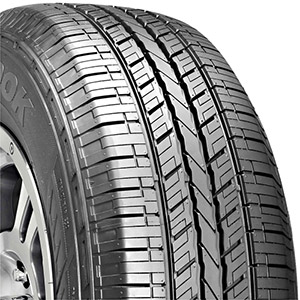Thickness Considerations for Effective Drainage Mat Performance in Various Applications
Understanding the Importance of Drainage Mat Thickness in Landscape and Construction Applications
Drainage mats are essential components in landscaping and construction, serving as a critical interface between soil, water, and structures. Their primary purpose is to facilitate the efficient drainage of excess water, thereby preventing issues such as waterlogging, erosion, and structural instability. One of the crucial factors influencing the effectiveness of a drainage mat is its thickness. In this article, we will explore the significance of drainage mat thickness, how it affects performance, and the considerations for selecting the right thickness for specific applications.
The Role of Drainage Mats
Before diving into thickness, it's vital to understand the role of drainage mats. These mats are typically made from materials such as geotextiles, plastic, or rubber, designed to create a porous barrier that allows water to flow while retaining soil particles. By doing so, they protect plants, ensure proper aeration, and contribute to the overall health of landscaped areas. In construction, they are often utilized to protect building foundations and to manage water runoff effectively.
Factors Affecting Drainage Mat Thickness
1. Soil Type The type of soil in which the drainage mat is installed significantly influences the required thickness. Sandy soils have larger pore spaces and allow for quicker drainage compared to clay soils, which retain more water. Thicker mats may be necessary in clay-heavy areas to manage increased water retention effectively.
2. Drainage Requirements Different applications have varying drainage needs. For example, agricultural fields may require more significant drainage capabilities to remove excess water from crops, making a thicker drainage mat beneficial. Conversely, residential landscaping may not require such robust solutions.
3. Load-Bearing Capacity In construction settings, drainage mats often need to support significant weight from above, whether it’s the weight of soil, paving, or buildings. A thicker mat can provide better load distribution and durability, ensuring that it maintains its integrity under pressure.
drainage mat thickness

4. Climate and Rainfall Patterns Regions that experience heavy rainfall or prolonged wet conditions may require thicker drainage mats to handle the volume of water effectively. Conversely, areas with drier climates may not need as thick a mat, as the water drainage requirements will be lower.
Benefits of Appropriate Thickness
Choosing the right thickness of drainage mats based on the factors mentioned above brings several benefits
- Enhanced Water Management Thicker mats can hold and manage more water, reducing the risk of flooding and waterlogging in landscaped areas and around buildings.
- Longevity and Durability A properly thick drainage mat can withstand the pressures of soil and water movement over time, resulting in a more durable and long-lasting installation.
- Cost-Effectiveness While thicker mats may initially cost more, they can save money in the long run by reducing the need for maintenance and repairs associated with water damage or poor drainage.
Conclusion
In conclusion, the thickness of drainage mats plays a pivotal role in their effectiveness and longevity. Understanding the specific needs of your landscape or construction site is essential in selecting the appropriate thickness. Whether you are a landscaper, a construction professional, or a homeowner, it is crucial to consider soil type, drainage requirements, load-bearing capacity, and environmental factors when choosing a drainage mat. An informed choice will lead to successful water management, ensuring the health of your landscape and the stability of your structures over time. Emphasizing the right drainage mat thickness not only protects investments but also enhances the sustainability of our environments.
-
Under Door Draught Stopper: Essential ProtectionNewsJul.31,2025
-
Garage Door Seal and Weatherstrips for ProtectionNewsJul.31,2025
-
Edge Banding Tape for Perfect EdgesNewsJul.31,2025
-
Table Corner Guards and Wall Corner ProtectorsNewsJul.31,2025
-
Stair Nose Edging Trim and Tile Stair SolutionsNewsJul.31,2025
-
Truck Bed Rubber Mats for Pickup BedsNewsJul.31,2025
-
Window Weather Stripping for Noise ReductionNewsJul.29,2025